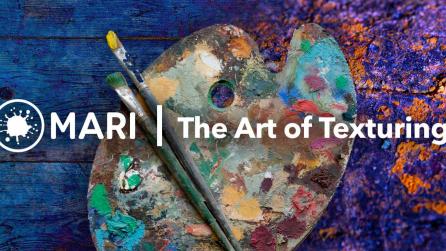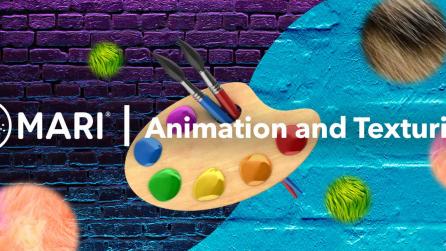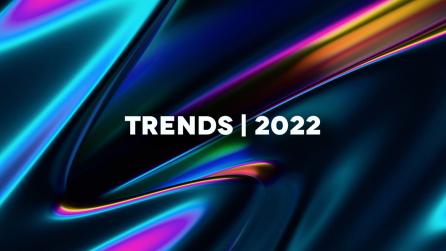Storytelling development: why the timeline matters
Every film, TV show, animation, and commercial starts with an idea.
It is this idea that kick starts the storytelling development process. Starting with telling the story with a script and storyboards, these influence the choice of shots, the lighting, the actors’ movements, as the story is told again during the production process. The footage is then delivered to post-production where the story is told a third time, through the edit, visual effects, sound, and color grading.
It’s often a long process but it crafts the narrative for the audience. Every small change that’s made during production affects the way the story is perceived. Whether moving a light on set or trimming a few frames in the edit—all these choices come together to finalize the narrative.
That’s why it’s important for everyone on the production to have a good understanding of the story and the ability to work in context. In this article, we look at how working in context streamlines artist workflows and could be the answer to some of the issues faced when working on project shots.
Working in context
Working in context refers to the ability to see a shot, scene, or element you’re working on in relation to the rest of the story or sequence. It gives artists a clear idea of what shots come before and after theirs.
Most VFX and animation artists work on a shot-by-shot basis. Each shot exists to serve the story, but its role can only be measured by its relationship to the shots around it and how it fits into the larger narrative. The story is told in the content of each shot, and in the relationships between the shots.
Is the visual narrative working? Is it consistent? These questions can be answered more easily when working in context. Artists can see the bigger picture and whether or not everything will work together to tell the story. Unfortunately, it is not always that simple.
What are the challenges?
There are some obstacles that artists face while working on projects which can prevent working in context. The first is around the distribution of shots. With any project, there are often many shots to distribute to artists, and likely more than one studio working on a show. The shots are distributed based on cost and complexity, so it is not guaranteed that artists will have access to the whole story.
Artists also tend to work in an isolated way, often spending hours and days trying to make a shot look beautiful. While they often have a form of reference, it is not always as detailed as they need it to be and doesn’t clearly indicate the context. This means that a shot can be stunning visually but may not work in context of the rest of the story. This, in turn, equates to time wasted for the artist working on the shot.
Some artists can access studio shot databases in their free time, so they can look at other shots or sequences to gain a greater understanding of a project. While this can offer some help, there is sometimes only a limited amount of shots available.
There is also the added challenge of working with IPs. Some studios are extremely concerned with privacy and protecting their storylines from being in the public domain. This can result in severe security restrictions which limits the number of artists working on a particular shot or sequence. In these cases, it can make it difficult for artists to work in context because they don’t have access to everything they need.
But there are tools that can help artists alleviate some of these difficulties.
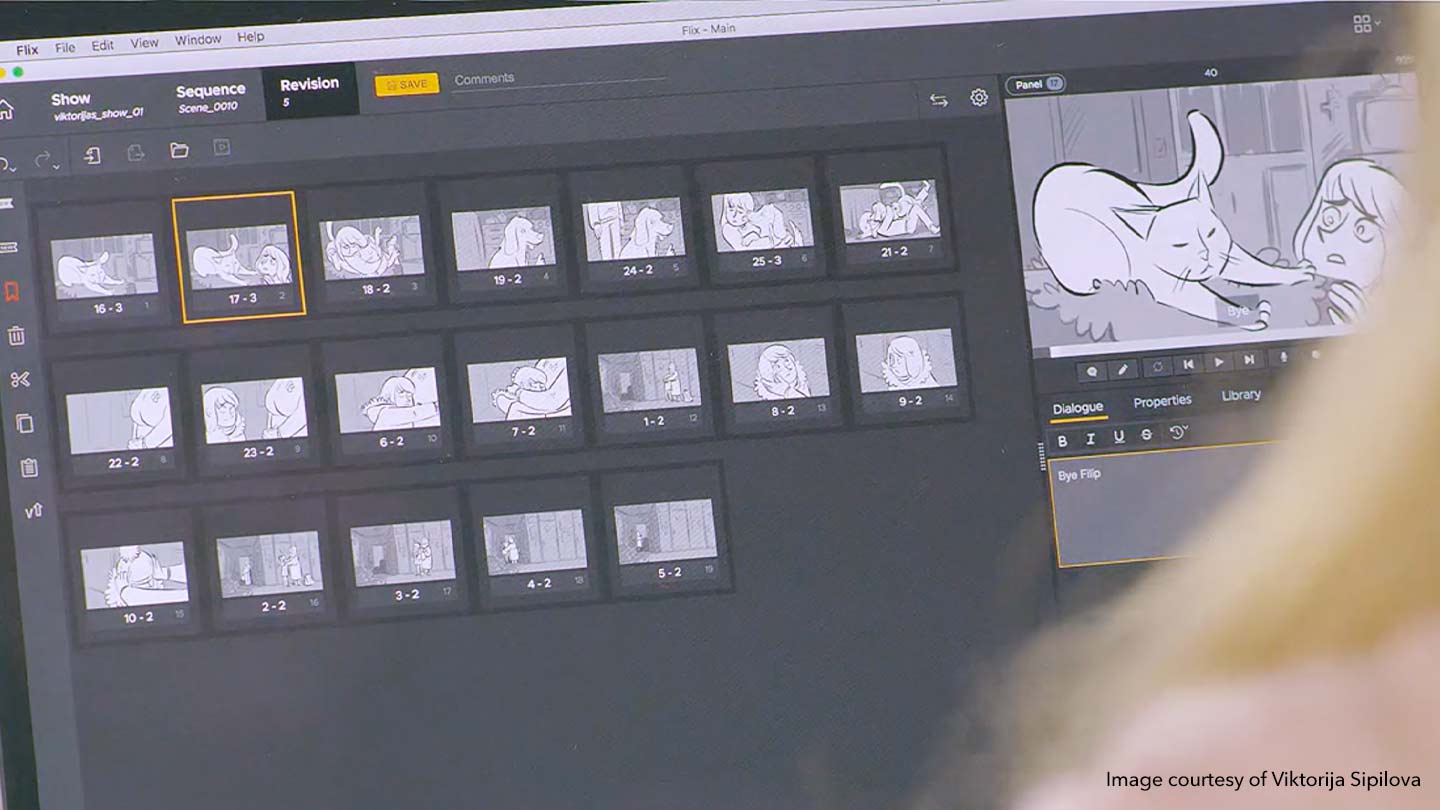
Foundry creates tools to streamline artist workflows, so it is easy to complete a project. Flix, our storyboarding tool, is key to storytelling development as part of the previsualization process. It joins different departments together and keeps teams organized. Everyone can stay on track and come together to tell whichever story they’re working on.
Flix then eventually leads to compositing and Nuke Studio, Hiero, and HieroPlayer. These tools offer the chance to democratize the understanding of the story. It's not just supervisors who have to concern themselves with it, but everybody at any level can be aware of how their small piece fits into the larger story.
Working in context is integral to the storytelling development process and allows artists and studios to produce a story to be proud of.
Taking a visual step up
When artists work in context, it allows them to be more creative with their work as well as creating a more efficient workflow. Bigger studios already work in this way, thinking about the narrative and how the visuals tell the story, which is reflected in the films they produce. Each shot is crafted and is almost a piece of art—it’s well thought out and serves the purpose of the story. A great example of this is LAIKA’s work on Kubo and the Two Strings; each shot is thought out and sculpted, no matter where you pause the film, it is a piece of art. But it is also a unified whole. No shot feels out of place and every shot elevates the film as a whole.
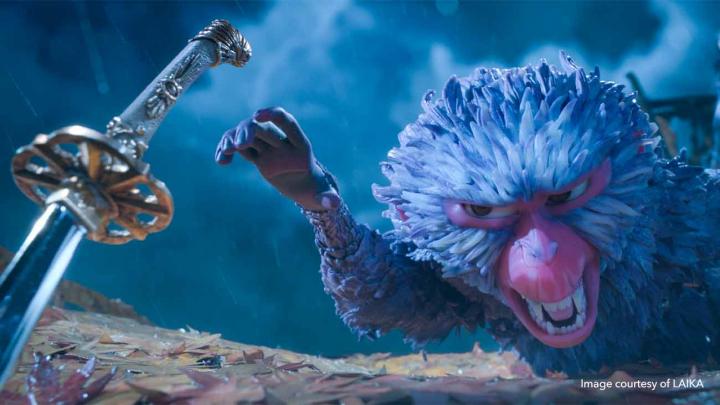

Working in context enables artists to see how their shots look in the story. If an artist creates a stunningly beautiful shot and the shot after isn’t at the same level, the difference is glaringly obvious. When artists can see how their shot will look in comparison, it forces the quality of the overall project to skyrocket because everyone is striving to match the quality so they can visually tell the story to the audience.
From start to delivery, the story is key, and working in context ensures that the final narrative is presented in the best visual way. Artists can work more efficiently, spending less time going in the wrong direction, and more time being creative knowing what their shot means to the story. When everything comes together, it is reflected in the visuals and how the audience absorbs the story.
Enhance your workflow and work in context with our VFX Editing and Management solutions
